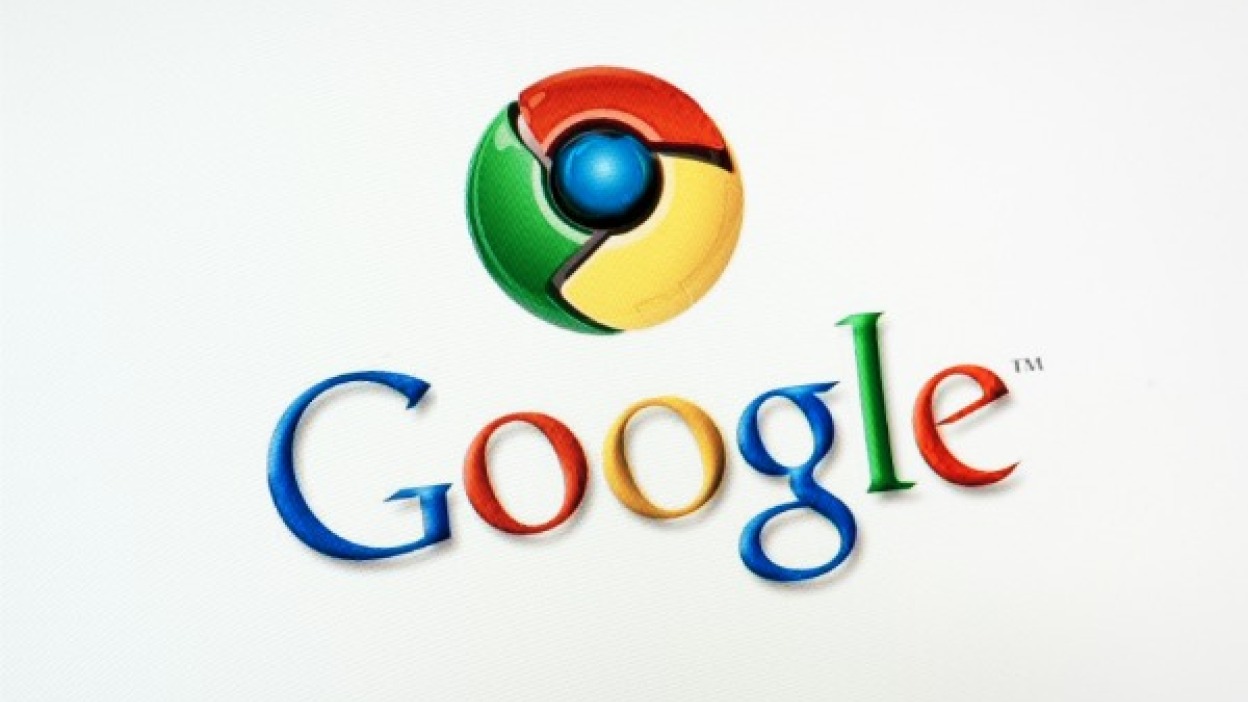
A Google spokesperson told Mashable that the new version of Chrome would be based on the desktop browser (as opposed to the Android version).
“Our goal is to be able to offer our users a speedy, simple, secure Chrome experience across all platforms, which includes both the desktop and Metro versions of Windows 8," the rep said. "To that end we're in the process of building a Metro version of Chrome along with improving desktop Chrome in Windows 8 such as adding enhanced touch support."
That means when Windows 8 tablets start to appear later this year, customers will be able to use the same browsers they use in Windows 7, but re-imagined for the Metro interface. Also, the desktop versions will be tailored for touch as well.
Metro is the touch-friendly way of interacting with Windows 8 that's ideally suited for tablets, though it also works with a mouse and keyboard. Users can either use Metro or the Windows traditional desktop.
However, there was some question until recently whether Microsoft would even allow browsers other than the in-house Internet Explorer to run in Metro. In a recently published white paper, the company revealed that other Metro browsers were welcome, and they'd even get some privileges other Metro apps don't have (like multitasking). The downside: users will only be able to run a single browser in Metro, the default one.
So what will the touch-enabled version of Chrome be like? Google's history and Chrome for Android can offer some guidance: Think automatic syncing with your phone and Google account, tabs that you can swipe through and extensions galore.
What would you like to see in a Metro version of Chrome? Leave your suggestions in the comments.
Image courtesy of iStockphoto, andrearoad
BONUS: Microsoft Unveils the Windows 8 Consumer Preview
